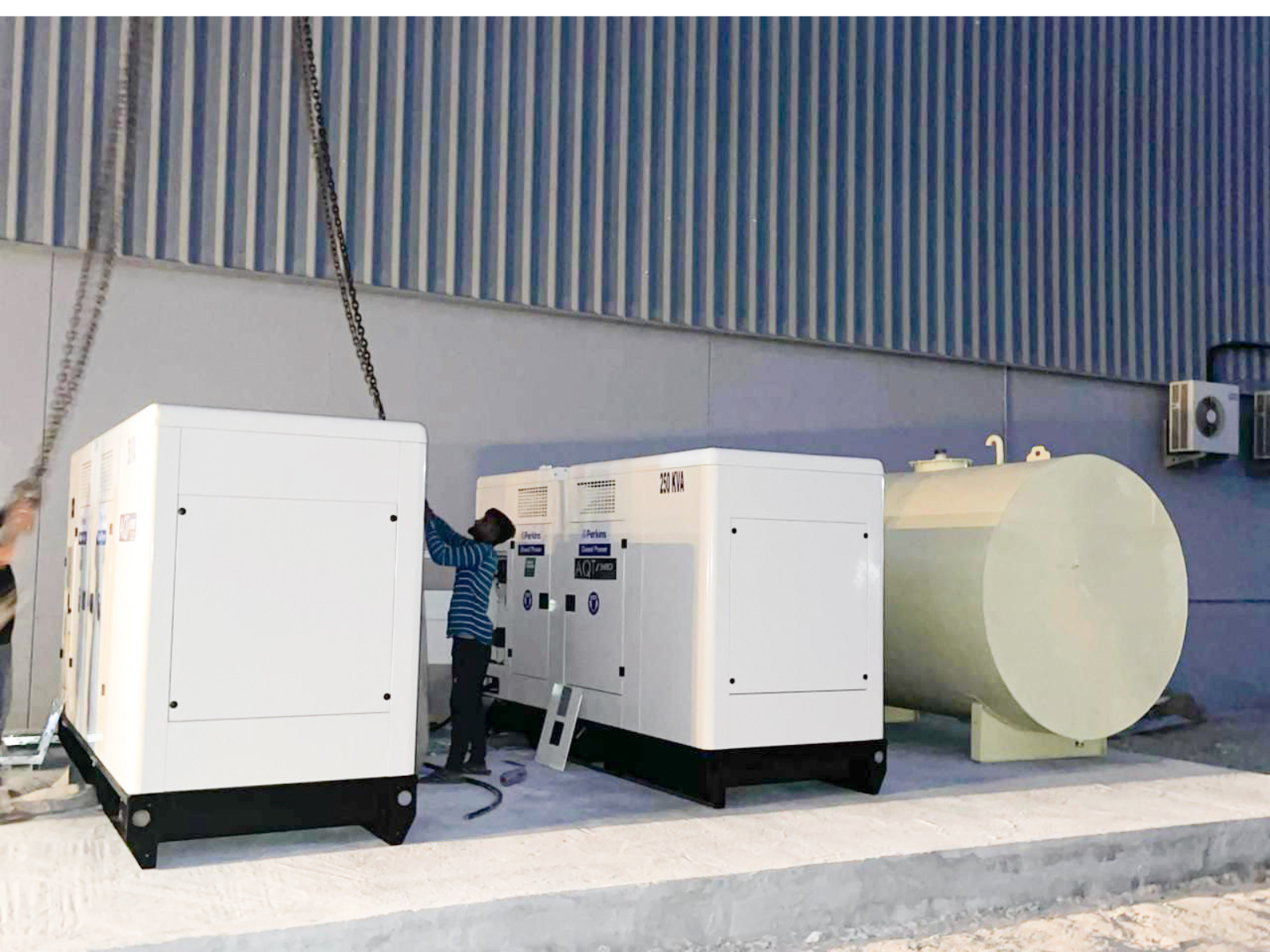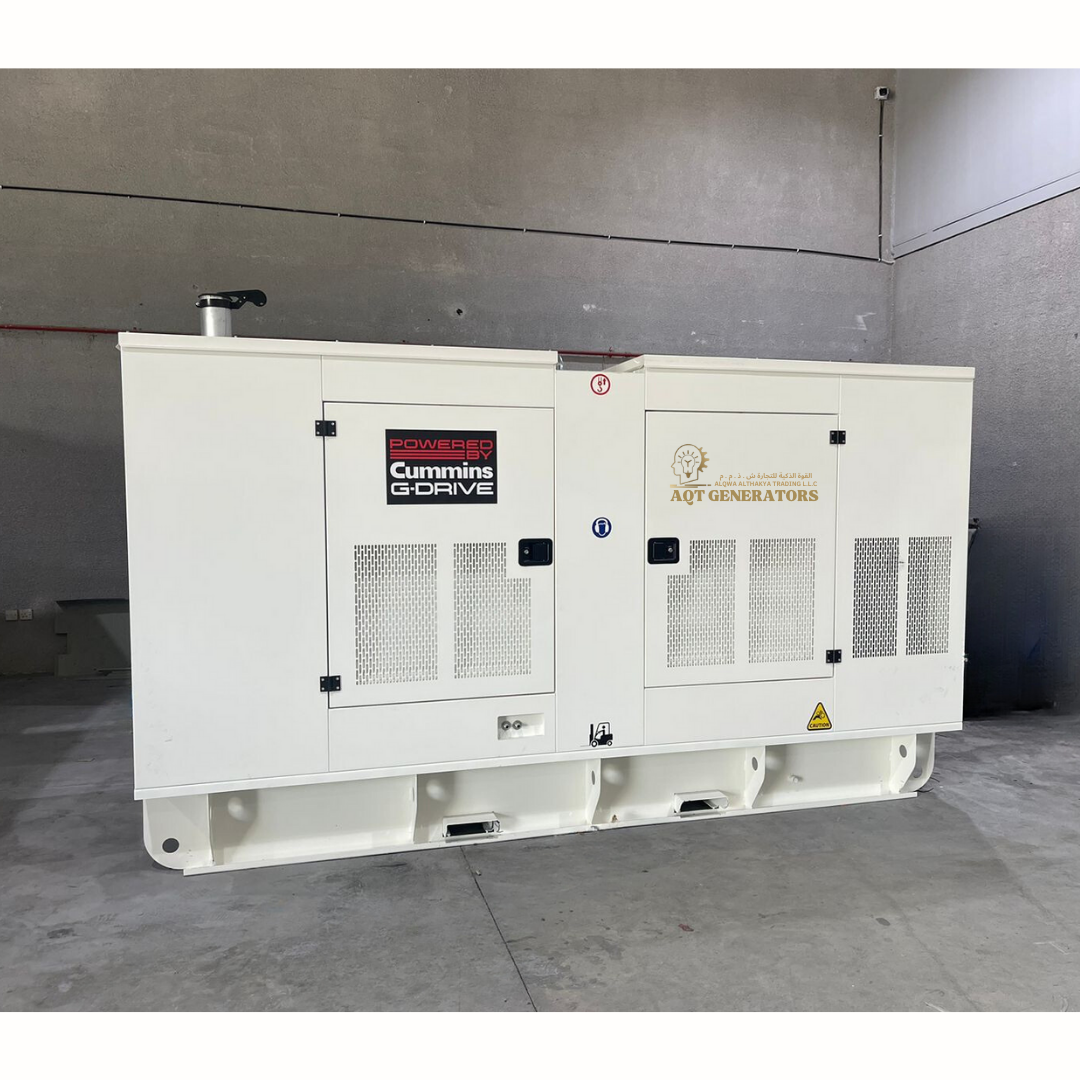
As a leading supplier of Perkins, Cummins, and Kubota generators for 50Hz and 60Hz applications, we understand the importance of proper installation for ensuring reliable and efficient power supply. Whether you opt for an open or closed type generator, following the right installation guidelines is crucial. In this blog post, we’ll highlight some of the key considerations for generator installation.
- Location and Ventilation:
Choosing the right location is the first step in ensuring your generator operates efficiently.
Consider the following factors:
- Ventilation: Adequate ventilation is crucial for removing heat and fumes from the engine, alternator, and accessories. Improper ventilation can lead to poor performance, reduced fuel efficiency, and premature failures. Follow the manufacturer’s guidelines for ventilation air quantity requirements based on the generator’s heat load and ambient temperature.

- Air Quality: Position the generator away from polluted atmospheres containing coal dust, acidic fumes, cement dust, cotton fibres, or furnace chemicals, as these can damage the engine and alternator components.
- Spacing: Maintain sufficient clearance around the generator for air flow, serviceability, and access. Typical recommendations include 1.5-2 meters on the sides, 3 meters in front of the radiator, and 2 meters behind the alternator.
2. Foundation and Vibration Control:
A robust foundation is essential for supporting the generator’s static and dynamic loads while minimizing vibration transfer to the surrounding structure.
- Foundation Design: Consult a structural engineer to design the foundation based on the generator’s weight, soil conditions, and seismic requirements (if applicable).
The foundation should be level, with a maximum allowable deviation of +/- 5mm for generators above 750 kVA. In the event that concrete foundations are required, the depth to support the weight of the equipment can be calculated using the following formula:

It is recommended that the dimensions of the foundation base exceed the dimensions of the generator’s base by at least 150 mm on all sides. Additionally, to facilitate maintenance and service activities, it is advisable to raise the foundation above ground level by at least 100 mm, as shown in the following example:

3. Exhaust System:
A well-designed exhaust system is critical for efficient operation and minimizing noise and emissions.

- Back Pressure: Follow the manufacturer’s guidelines for maximum permissible back pressure levels based on the engine model. Higher back pressure can lead to reduced fuel efficiency, high exhaust temperatures, and potential component failures.
- Pipe Sizing: Use the recommended exhaust pipe diameters and minimize sharp bends to maintain appropriate exhaust gas velocity and minimize turbulence.
- Insulation and Rain Protection: Insulate exhaust piping inside the generator room to minimize heat radiation, and provide rain protection for outdoor exhaust ducting.
- Exhaust Stack Height: Comply with local regulations and pollution control board norms for exhaust stack height, typically based on the generator’s rating and building height.
4. Cooling System:
Different cooling systems may be used, such as engine-driven radiators, remote radiators, or plate heat exchangers (PHEs) with cooling towers or remote radiators in the secondary circuit.
- Coolant Selection: Use the recommended coolant type and composition (e.g., ethylene glycol or DCA2 with soft water) based on the engine model and ambient conditions.
- Piping and Components: Follow guidelines for pipe sizing, expansion tanks, makeup tanks, and circulation pumps to ensure proper coolant flow and pressure drop.
- Remote Radiators: Observe maximum permissible elevations, distances, and temperature profiles for remote radiator installations. 5. Fuel System:
Proper fuel system design and component selection are crucial for reliable operation.

- Use the recommended fuel specifications (e.g., IS 1460 for HSD No.2 diesel) and pipe sizes for the fuel supply and return lines. Ensure leak-proof connections and proper tank design with breathers, drains, and filters.
6. Electrical System:
Adhere to the manufacturer’s recommendations for the electrical system components and integration.
- Battery and Cabling: Ensure the battery capacity, cable sizes, and cable lengths are suitable for the generator model. Proper terminations and gland sizes are essential to prevent overheating and failures.
- Control Wiring and Integration: Follow guidelines for control wiring, CT ratios, load-sharing cables, and integrating with building management systems (BMS) using protocols like Modbus.
- Automatic Mains Failure (AMF) Operation: Consider the type of AMF operation (e.g., thermal shock, gradual loading) and the need for engine heaters based on the application requirements. 7.Acoustic Enclosures (if applicable):
If your generator is equipped with an acoustic enclosure, follow these guidelines:
- Clearances: Maintain the recommended clearances around the enclosure for air flow, serviceability, and access to components.
- Maintenance Access: Ensure that routine maintenance tasks like air filter replacement and valve adjustments can be performed without dismantling the enclosure.
- Rain Protection: Provide rain protection mechanisms like rain sheds, door rain rails, and proper exhaust outlet sealing to prevent water ingress during installation, operation, and transportation.
By following these comprehensive guidelines and working closely with experienced professionals, you can ensure the safe, efficient, and reliable installation of your Perkins, Cummins, or Kubota generator set.
At AQT Generators, we are committed to providing exceptional products and support to meet all your power generation needs.
Regards,
For AQT Generators




